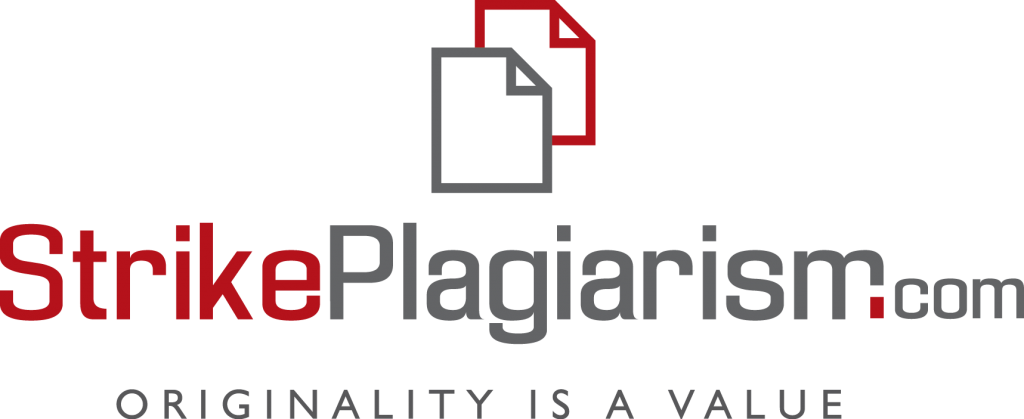EFFICIENCY OF LEARNING TECHNOLOGIES IN FOREIGN LANGUAGES
DOI:
https://doi.org/10.32782/3041-2021/2025-1-9Keywords:
learning technology, foreign language, education, medical, studying processAbstract
The article identifies the main learning technologies used to teach students in higher education. Learn- ing technologies have been found to help improve the learning process and improve learning outcomes.Teaching English in non-language specialties requires special efforts. The main focus is on improving pro- fessional skills. Foreign language classes are based on professional terminology, typical texts and topics that correspond to the specialty. Medical disciplines occupy an important place in the priority of students' studies. The main learning technologies used in working with students of higher medical educational insti- tutions are analyzed. The task before teachers is to use such technologies that will enrich the educational process. The purpose of the article is to analyze the main teaching technologies that are advisable to use when working with medical students in foreign language classes. It is investigated that learning tech- nologies influence the teaching of foreign languages. One of the technologies used in teaching foreign languages is information and communication technology. To form the communicative culture of students of higher educational institutions, problem-based learning technologies, heuristic, game and dialogic are widely used. We can trace how problem-based learning can be used in the education of medical students.Heuristic technology in the process of forming a communicative culture allows students to creatively and independently approach solving tasks, situational tasks, and actively act in difficult situations. It was found that the use of research, simulation, information, problem-based learning and heuristic are common and used in foreign language teaching.
References
Бахрушин В. Є. Законодавче забезпечення розвитку вищої освіти України : матеріали I Міжнародної науково-практичної конференції ДНУ Інституту освітньої політики. Наукове видання «Реформа освіти України. Інформаційно-аналітичне забезпечення». Київ : ДНУ «Інститут освітньої аналітики», 2017. С. 48–52.
Генкал С. Дидактичні можливості евристичного навчання біології учнів профільних класів / Сумський державний педагогічний університет ім. А. С. Макаренка. Суми, 2016. С. 300–307.
Про затвердження Порядку здійснення єдиного державного кваліфікаційного іспиту для здобувачів ступенів фахової передвищої освіти та вищої освіти першого (бакалаврського) та другого (магістерського) рівнів за спеціальностями галузі знань «22 Охорона здоров’я» : постанова Кабінету Міністрів України від 28 березня 2018 р. № 334 [Електронний ресурс]. Режим доступу: https://zakon.rada.gov.ua/laws/show/334-2018-%D0%BF.
Ігнатенко Н. В. Методика застосування технології проблемного навчання при вивченні історії в школі. Науковий вісник ужгородського університету. Серія «Педагогіка. Соціальна робота». Ужгород, 2016. С. 81–84.
Пельчер М., Стойко І. Імітаційні технології як сучасна технологія вдосконалення освіти. Тернопільський національний технічний університет імені Івана Пулюя. Тернопіль, 2016. С. 112.
Ставицька І. В. Інформаційно-комунікаційні технології в освіті. Новітні освітні технології : науково-практична конференція. Київ : Національний технічний університет України «КПІ», 2012. С. 157–159.
Шарлович З. П. Технологія формування професійно-педагогічної компетентності медичних сестер сімейної медицини в процесі фахової підготовки. Магістр медсестринства. Житомир, 2015. № 2. С. 22–27.





